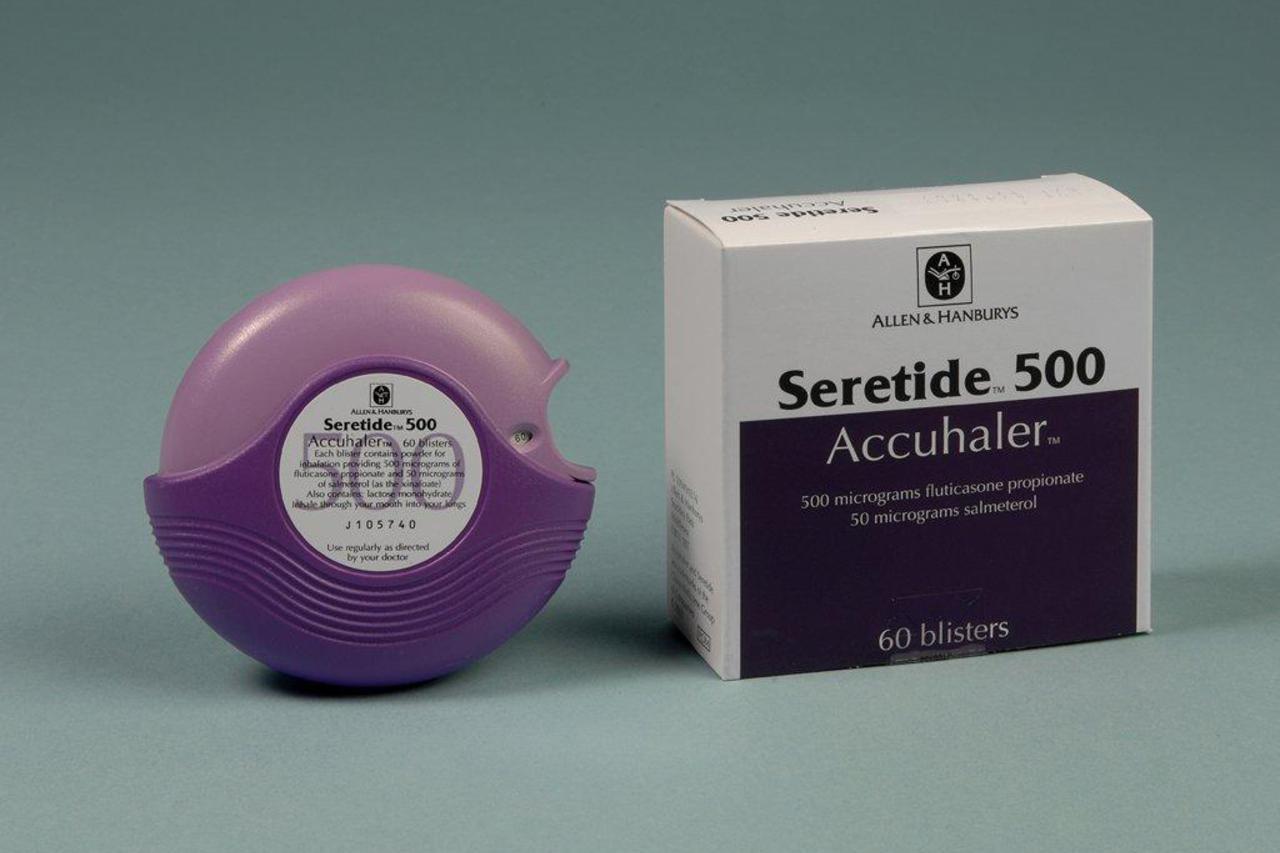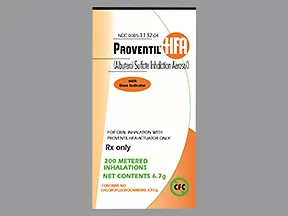

The increase in cAMP also inhibits inflammatory cells in the airway, such as basophils, eosinophils, and most especially mast cells, from releasing inflammatory mediators and cytokines. Activation of these receptors causes adenylyl cyclase to convert ATP to cAMP, beginning the signalling cascade that ends with the inhibition of myosin phosphorylation and lowering the intracellular concentration of calcium ions (myosin phosphorylation and calcium ions are necessary for muscle contractions).

The tertiary butyl group in salbutamol makes it more selective for β 2 receptors, which are the predominant receptors on the bronchial smooth muscles. Dry powder inhalers are recommended as a low-carbon alternative. Salbutamol metered dose inhalers have been described as the “single biggest source of carbon emissions from NHS medicines prescribing” due to the propellants used in the inhalers. High doses or prolonged use may cause hypokalemia, which is of concern especially in patients with kidney failure and those on certain diuretics and xanthine derivatives. Rarely occurring, but of importance, are allergic reactions of paradoxical bronchospasms, urticaria (hives), angioedema, hypotension, and collapse. Other symptoms may include tachycardia, arrhythmia, flushing of the skin, myocardial ischemia (rare), and disturbances of sleep and behaviour. The most common side effects are fine tremor, anxiety, headache, muscle cramps, dry mouth, and palpitation. Salbutamol has been used to treat acute hyperkalemia, as it stimulates potassium flow into cells, thus lowering the potassium in the blood. While preferred over agents such as atosiban and ritodrine, its role has largely been replaced by the calcium channel blocker nifedipine, which is more effective and better tolerated. Intravenous salbutamol can be used as a tocolytic to relax the uterine smooth muscle to delay premature labor. Īs a β 2 agonist, salbutamol also has use in obstetrics. It is also one of the most common medicines used in rescue inhalers (short-term bronchodilators to alleviate asthma attacks). Salbutamol is typically used to treat bronchospasm (due to any cause-allergic asthma or exercise-induced), as well as chronic obstructive pulmonary disease.

In 2019, it was the seventh most commonly prescribed medication in the United States, with more than 60 million prescriptions. Salbutamol is available as a generic medication. It is on the World Health Organization's List of Essential Medicines. It was approved for medical use in the United States in 1982.

Salbutamol was patented in 1966 in Britain and became commercially available in the UK in 1969. It can be used during pregnancy and breastfeeding, but safety is not entirely clear. Serious side effects may include worsening bronchospasm, irregular heartbeat, and low blood potassium levels. Ĭommon side effects include shakiness, headache, fast heart rate, dizziness, and feeling anxious. Onset of action of the inhaled version is typically within 15 minutes and lasts for two to six hours. Salbutamol is usually used with an inhaler or nebulizer, but it is also available in a pill, liquid, and intravenous solution. It may also be used to treat high blood potassium levels. It is used to treat asthma, including asthma attacks, exercise-induced bronchoconstriction, and chronic obstructive pulmonary disease (COPD). It is a short-acting β 2 adrenergic receptor agonist which works by causing relaxation of airway smooth muscle. Salbutamol, also known as albuterol and sold under the brand name Ventolin among others, is a medication that opens up the medium and large airways in the lungs.


 0 kommentar(er)
0 kommentar(er)
